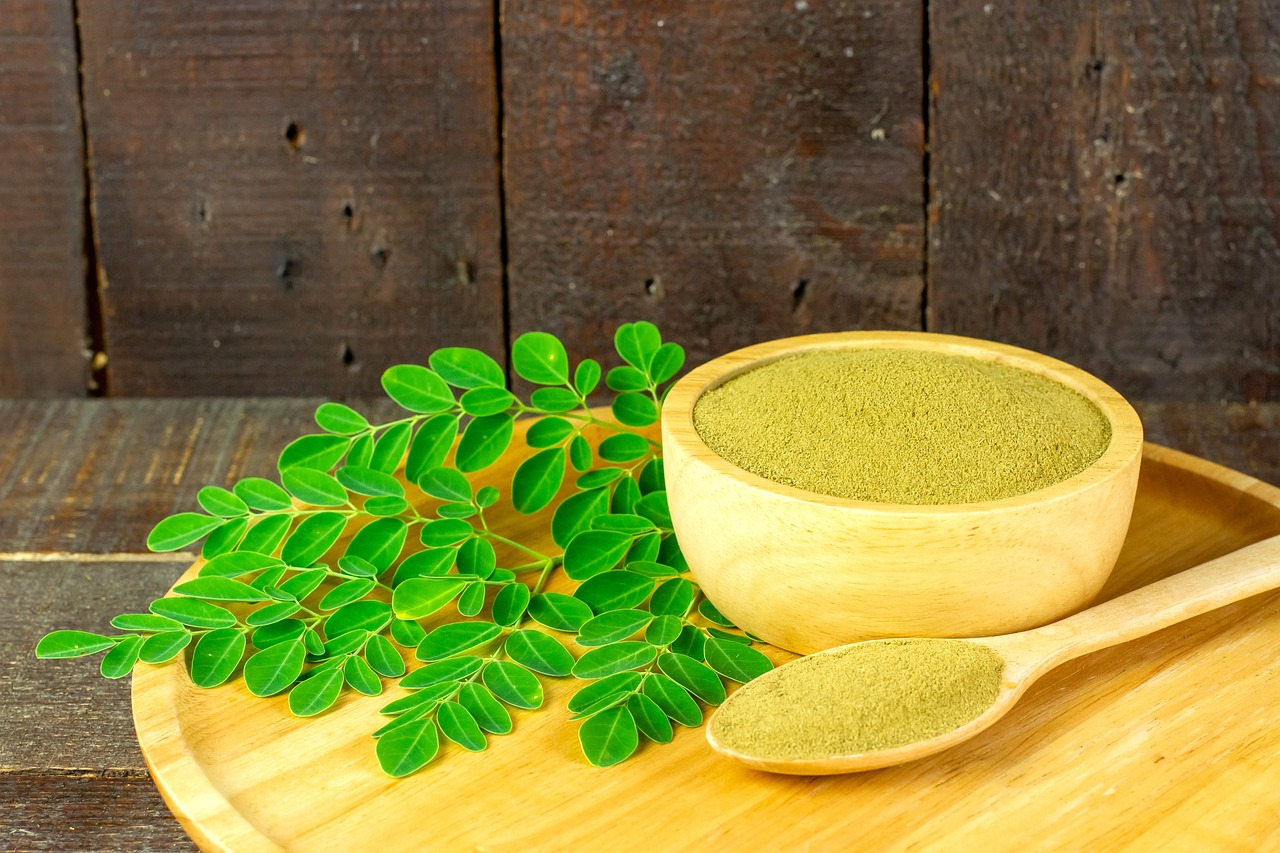In the dynamic sphere of superfoods, one hero emerges victorious—moringa, a veritable beacon of health and sustainability fondly lauded as the “Miracle Tree”. While many are dazzled by its stellar nutritional profile, there’s more to this tough plant than just its health perks. Our guide today will unveil the quirky side of moringa, the possible hiccups from its use, and its global ripple effects.
The Hidden Perks of Moringa
You could say moringa’s claim to fame is its dazzling array of vitamins, minerals, and antioxidants—it’s like a nutritional jackpot. Nevertheless, its benefits extend far beyond bolstering individual health. An intriguing application of moringa lies in its contribution to environmental sustainability and economic progression.
Environmental Fortitude
In an era where going green is clutch, moringa trees are the superheroes of the botanical world. They laugh in the face of harsh, arid climates where most plants tap out. With roots that dig deep and fight soil erosion, they’re like nature’s own defence squad. Their shade and leaf litter are like a spa day for the soil, boosting fertility. And the real kicker? Moringa seeds can purify water—talk about having a party trick up your sleeve in drought-prone areas.
Economic Upliftment
Countless rural areas, especially in developing countries, are cashing in on moringa farming. Selling moringa leaves, seeds, and oil, plus whipping up value-added goodies like powders and teas, boosts local economies. This not only spruces up living standards but also cuts down on the urban job hunt exodus.
The Potential Hazards
Although generally safe to consume, it’s wise to be aware of moringa’s potential side effects. Overindulging might lead to a not-so-fun trip to the bathroom with diarrhoea and nausea. Also, pregnant women should steer clear of its roots and bark, as they come with a side of uterine contractions—definitely not on the pregnancy cravings menu.
Moringa’s blood pressure-lowering powers are great, but if your blood pressure’s already low, proceed with caution. It’s always wise to chat with your healthcare provider before adding moringa to your diet—especially if you’ve got health conditions or are on meds. Better safe than sorry.
Moringa as an Antidote to Malnutrition
An innovative yet under-emphasised viewpoint is the role of moringa in nullifying malnutrition in developing countries. With a galore of essential nutrients—vitamin A, vitamin C, calcium, potassium, and protein—moringa can potentially play a paramount role as a dietary adjunct.
A Nutritional Sanctuary
In areas where food security is precarious, moringa offers a sustainable, cost-effective resolution. Its leaves can be easily preserved by drying and powdering, retaining their nutritional value for extended periods. Consequently, they serve as an excellent supplement for those afflicted with malnutrition.
Pivotal Moringa Initiatives
Non-governmental organisations (NGOs) and local governments have begun to recognise the potential of moringa. Utilising moringa cultivation and consumption within community health schemes provides a consistent source of nutrition. This not only plugs immediate nutritional gaps but promotes long-term agricultural practices and economic robustness.Certainly, moringa from Moringa Products is a marvel, not just for its acclaimed nutritional value. Its part in environmental preservation, economic advancement, and its potential as a solution to malnutrition increases its significance remarkably. As with any supplement, however, it’s important to be cognizant of the potential ramifications and to consume moringa responsibly.





